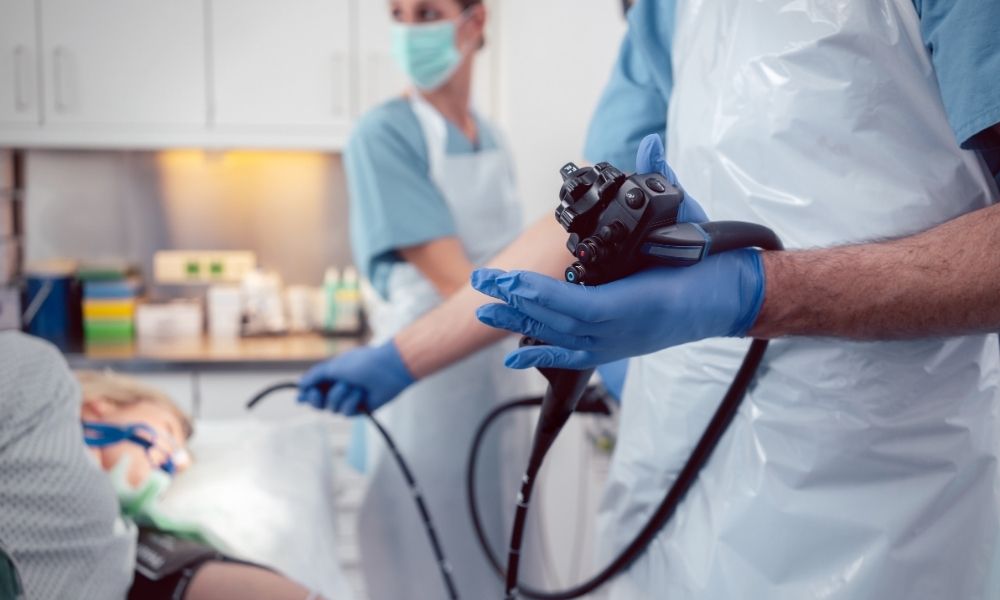- Corporate
- Clinic
- Diseases
- Digestive System Diseases
- Bad Breath
- Gastroesophageal Reflux
- Achalasia
- Esophageal Strictures
- Esophageal Cancer
- Eosinophilic Esophagitis
- Dyspepsia
- Gastritis
- Helicobacter Pylori
- Stomach Ulcer
- Stomach Cancer
- Gluten (Celiac)
- Diarrhea
- Constipation
- Anal Fissure
- Crohn’s Disease
- Ulcerative Colitis
- Colon Polyps
- Colon Cancer
- Hemorrhoids
- Irritable Bowel Syndrome
- Liver and Bile Tract Diseases
- Pancreatic Diseases
MenuMenuMenuMenuMenu - Digestive System Diseases
- Endoscopic Procedures
- Contact Us
- Corporate
- Clinic
- Diseases
- Digestive System Diseases
- Bad Breath
- Gastroesophageal Reflux
- Achalasia
- Esophageal Strictures
- Esophageal Cancer
- Eosinophilic Esophagitis
- Dyspepsia
- Gastritis
- Helicobacter Pylori
- Stomach Ulcer
- Stomach Cancer
- Gluten (Celiac)
- Diarrhea
- Constipation
- Anal Fissure
- Crohn’s Disease
- Ulcerative Colitis
- Colon Polyps
- Colon Cancer
- Hemorrhoids
- Irritable Bowel Syndrome
- Liver and Bile Tract Diseases
- Pancreatic Diseases
- Digestive System Diseases
- Endoscopic Procedures
- Contact Us
Hızlı Randevu
0(543) 254 1144


 Gastroscopy, Diagnosis and treatment of diseases affecting the esophagus, stomach, and the initial part of the small intestine
Causes of symptoms such as nausea, vomiting, abdominal pain, difficulty swallowing and gastrointestinal bleeding Testing for diseases such as anemia, bleeding, inflammation, diarrhea and digestive system cancers Biopsy (collecting tissue samples) Detecting conditions that may cause cancer, bleeding
It is used to reveal the causes of diseases such as infections.
Gastroscopy, Diagnosis and treatment of diseases affecting the esophagus, stomach, and the initial part of the small intestine
Causes of symptoms such as nausea, vomiting, abdominal pain, difficulty swallowing and gastrointestinal bleeding Testing for diseases such as anemia, bleeding, inflammation, diarrhea and digestive system cancers Biopsy (collecting tissue samples) Detecting conditions that may cause cancer, bleeding
It is used to reveal the causes of diseases such as infections. 






